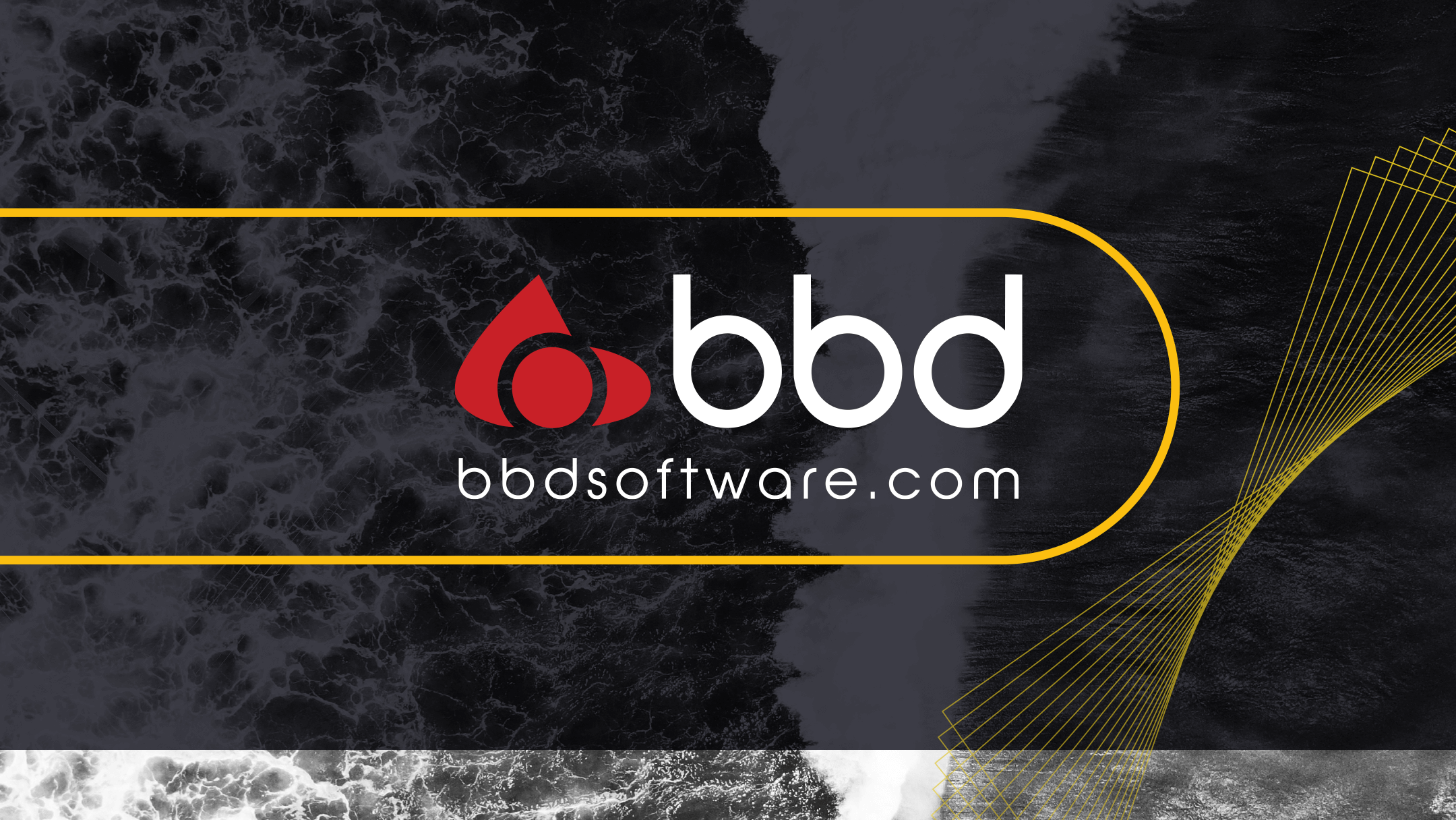
We’ve created a checklist of what to include when selecting a RegTech tool that can achieve regulatory compliance and meet your needs
If there are positive outcomes from Covid 19, one may be that it gave compliance teams a bit of a hiatus when the Basel Committee on Banking Supervision (BCBS) deferred the implementation of the final Basel III package (Basel IV). Or maybe this is just delaying the inevitable rush to the deadline? Whichever it is for your team, compliance requires several elements to achieve a seamless transition and at the heart of all of these is the appropriate technology solution. There are many great RegTechs out there, and the best of breed create opportunities to revisit current solutions, integrate and automate, increasing agility, robustness and speed. As a software solutions provider with extensive experience in the financial services sector, BBD knows how confusing choosing a RegTech or compliance software solution can be. To help, we’ve created a checklist of what to include when selecting a RegTech tool that can achieve regulatory compliance and meet your business needs.
1. Get with the culture
We are, of course, talking tech in this list, but it’s not all about tech – compliance excellence begins with the risk-management culture. The implementation of Basel (II or III, or IV) impacts a wide range of functions: finance, risk, management, regulatory reporting, legal, compliance and IT, and seeks much greater integration of these. The integrated nature of the reporting requirements means that finance and risk teams will need to come closer together culturally and, ultimately, architecturally. Separation of powers and silos may cause friction in adoption, but a split in technology architecture will result in failing to adopt! Basel compliance thus requires a cultural adoption of pure enterprise-wide risk management to ensure the selection or design of the technology solution.
2. Parallel pays
Implementing capital floors means that all banks authorised to use internal models will be obliged to calculate RWAs according to standardised approaches in parallel. An effective calculation engine will need to efficiently combine internal rating-based models with the standardised approaches required by the BCBS. A good tool will calculate a combined RWA floor that mitigates the effects of operational and measurement errors while capitalising on development strategies and progressive business models. It should also include calculations for all asset class RWAs, ideally including a credit RWA calculator that quantifies the standardised and advanced IRB RWA, and an IFRS9 ECL calculator.
3. Industrialise for speed
According to Adastra, The Basel Capital Adequacy Reporting (BCAR) requirements have introduced 109 additional non-dimensional data points, including 126 new validation rules. Existing technology will not compute / accommodate such significant growth in reporting requirements without adopting new innovative solutions. Given the substantial increase in reporting requirements and reporting frequency, the selected technology solution will need, at minimum, an industrialised calculation engine able to perform quick calculations on capital requirements and an optimised credit risk calculation environment for valuable insights to manage risk strategically. Industrialisation at this level means a technology architecture focused both on technical accuracy and engineering innovation. High-speed performance should be agile enough to be run by compliance teams anywhere, anytime.
4. Visualisation combination
Given the need to produce a larger volume of reports for regulators whilst simultaneously getting meaningful insights from RegTech or compliance software, the selected solution should be able to visualise data output for faster decision-making and provide accurate and insightful reporting. An additional advantage would be producing operational reporting functionality for standard regulatory reporting and advanced management information via several tools such as Power BI, Tableau, QlikView, etc.
5. Data drives design
Seamless integration into existing architecture is critical to achieving finance and risk alignment from a data perspective. Ensuring regulatory data is complete, accurate, and timeous is the most vital factor in determining whether a project will meet its objectives or not. Data inputs are complex and vast and can extend into millions of records. The right solution should integrate seamlessly into this variety of data sources and have the engineering ability to process millions of records within minutes. Given Basel’s significant data management requirements, the data must be accurate, consistent and up to date. Data errors will result in regulatory inaccuracies and may ultimately result in scrutiny and penalties. Data will undergo many enhancements from the source at different stages to tie requirements to raw data. Any erroneous or missing data from the source system can result in significant errors in calculating the key risk indicators. Intelligent technology solutions will address these data gaps or data non-availability upfront through enrichment or substitution of data.
6. Auditing accuracy
Appropriate RegTech solutions allow for accurate reporting and calculation while ensuring internal / external review and auditing. Post submission, a regulator may follow up to clarify critical issues about the calculated results and the application of rules. This audit will require identifying, checking, approving and re-submitting the data quickly and accurately.
Additional submissions must be consistent with the original reporting, delivered in the same format, and completed cost-effectively to avoid impacting other business activities. Solutions that cater to centralised data models will be more responsive and agile – resulting in streamlined compliance and reporting processes.
7. Planning is as important as reporting
Regulatory compliance is the goal but integrated financial, and risk data also provides unique opportunities for businesses to deliver a solution for managing and optimising operational and risk-adjusted-performance within their macroeconomic or strategic environment, i.e., internal capital / liquidity adequacy, what-if analysis, and balance sheet management / optimisation. Great technology solutions can provide both use cases and ultimately a focus on sustainable profitability.
8. Modernise, build or buy
Implementing Basel creates a unique set of challenges for each organisation, regardless of their starting point. The most suitable selection will depend on the stability and performance of the organisation’s current environment, the speed at which the organisation wishes to implement the regulations, and what resources are available.
In some cases, the best option is to upgrade the existing environment by adding modules to handle additional requirements, whether stress testing, data warehousing or reporting. Enhancing or upgrading the current environment allows an organisation to adopt the regulations at a pace they can tolerate, which is less disruptive to business operations. Once the environment is defined, a gap analysis will identify where the team should focus the main effort.
In other cases, the most cost-effective option will be to replace the existing regulatory model with a new, purpose-built solution that delivers Basel “out of the box” without requiring extensive customisation. Although this might be the most costly and disruptive solution, it may be the most cost-effective since it seamlessly lets the organisation map the regulations.
Another critical decision is developing a system in-house or buying from a vendor. Beyond perhaps yielding more significant insight into the business, creating an in-house solution delivers minimal competitive advantage. Regulatory requirements are the same or very similar across regions. Moreover, the regulations are subject to regular change globally. Managing this change is an essential but onerous task. Software vendors maintain teams to analyse and accommodate these changes, which is uneconomical for compliance teams to do themselves.
Whichever route you choose, a technology partner you trust will be critical to a compliance solution that works for you and your regulator. Reach out to us to learn more about PredictR, our innovative toolkit of software solutions for regulatory compliance, credit risk and forecasting.



